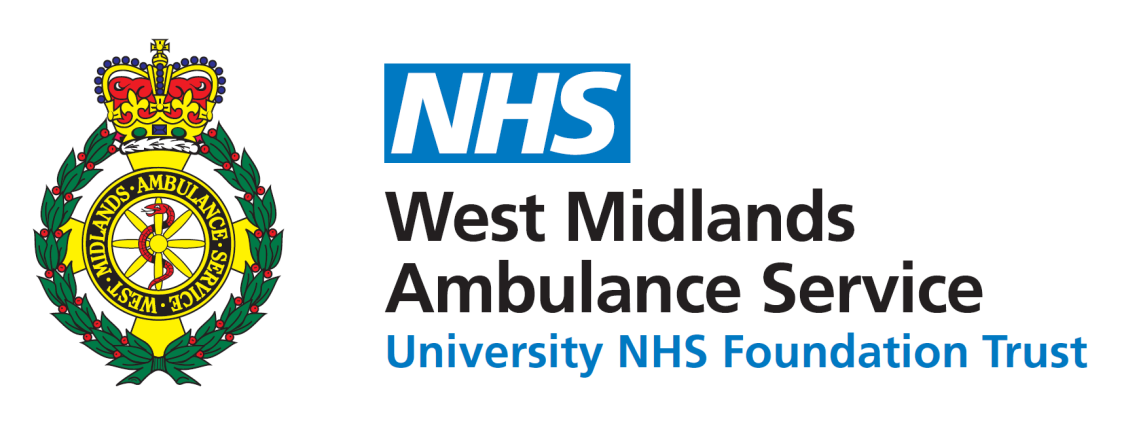Objectives
Prescription error rates and delays in treatment provision are high for N-acetylcysteine (NAC) when prescribed for paracetamol overdose (POD). We hypothesised that an electronic tool which proposed the complete NAC regimen would reduce prescription errors and improve the timeliness of NAC provision. Error rates and delays in the provision of NAC were assessed following POD, before and after the implementation of an electronic prescribing tool.
Methods
The NAC electronic prescribing tool proposed the three NAC infusions (dosed for weight) following entry of the patient’s weight. All NAC prescriptions were reviewed during a three-month period prior to and after the tool’s implementation. Error rates were divided into dose, infusion volume or infusion rate. Delays in NAC provision were identified using national Emergency Medicine guidelines.
Results
108 NAC prescriptions were analysed for all adult patients admitted to the emergency department of a secondary care hospital in the UK between July-September 2017 and August-October 2018, respectively. There were no differences in the demographics of patients or the seniority of the prescribing clinician before or after the introduction of the electronic tool. The electronic prescribing tool was associated with a decrease in prescribing errors (25% to 0%, p < 0.0071) and an increase in the provision of NAC within recommended times (11.1% to 47.4%, p = 0.029).
Conclusions
An electronic prescribing tool improved prescription errors and the timeliness of NAC provision following POD. Further studies will determine the effect of this on length of stay and the benefit of wider implementation in other secondary care hospitals.




